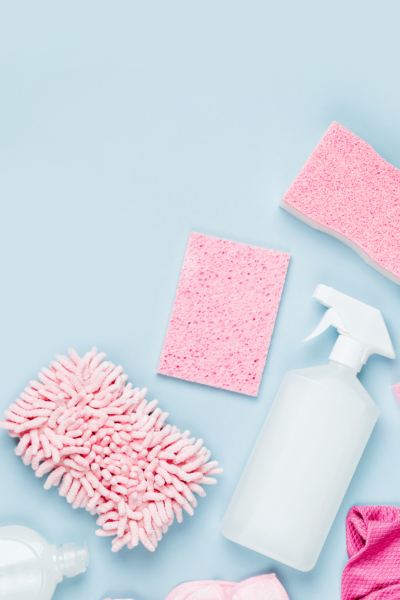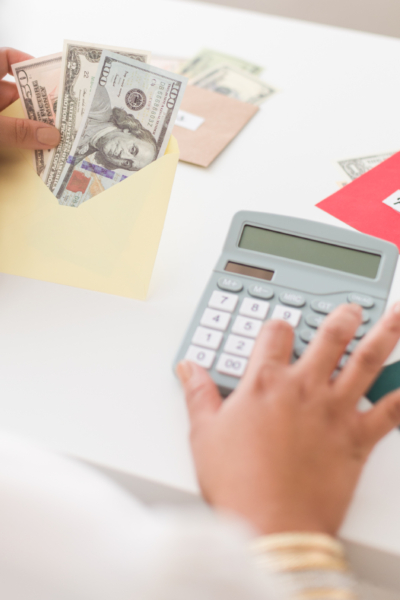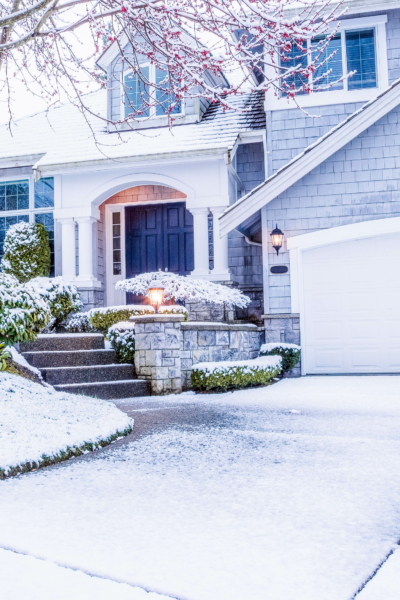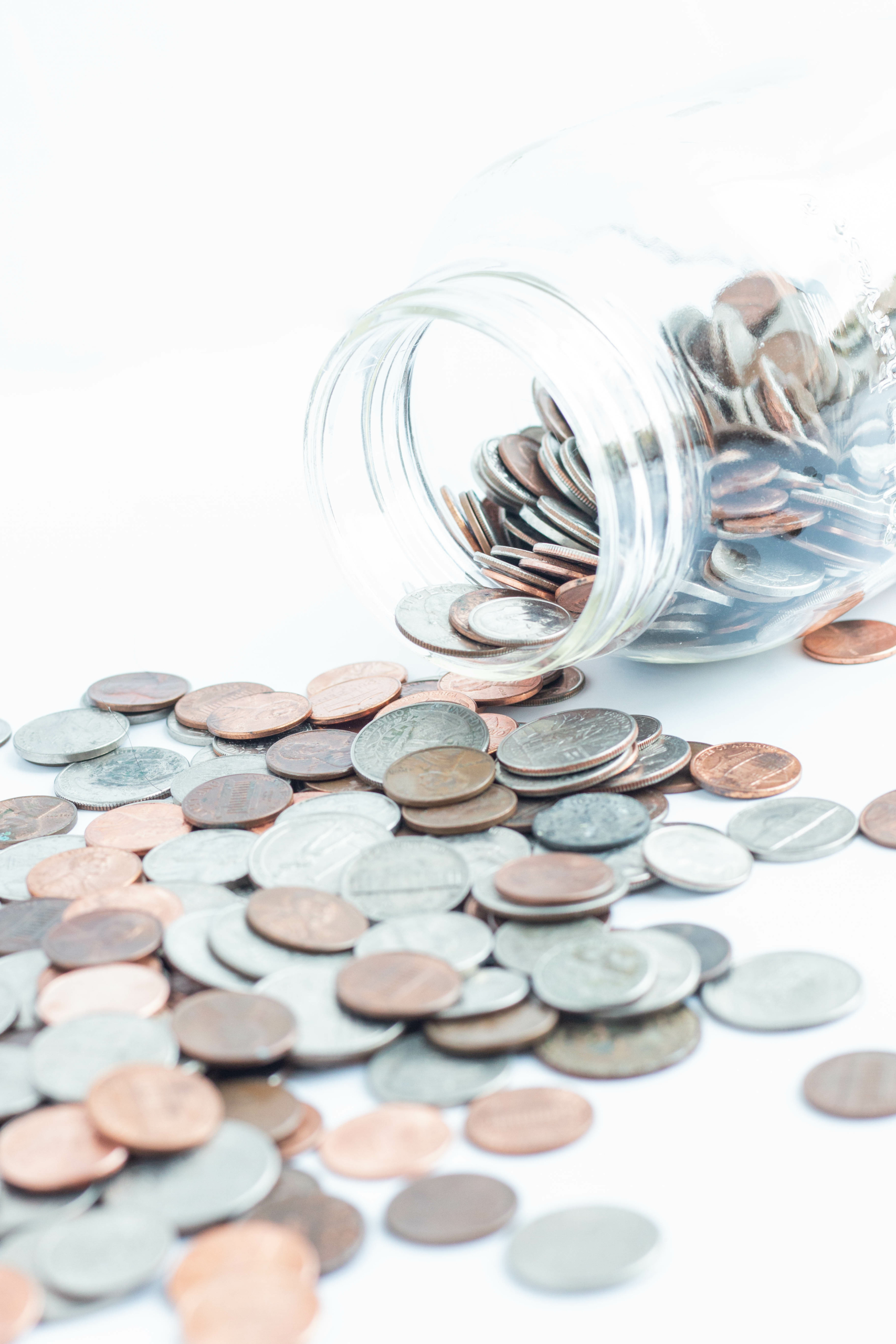Saving money on things you use every day is the most effective way to add money to your checking account on a monthly basis. It’s like getting FREE money!
Not only can you add to your savings with it, take a vacation you’ve been planning, or start a college fund for your kids, you’re also spending your money wisely, which is something that is high on God’s priority list for His children.
But, where do you start?
The first place I started was cutting my power bill!
I searched high and low and did lots of research on my power company’s website. I took a few classes on how to save energy and implemented all the energy saving tips and tricks. Very simple things can save you a LOT of money. I’ve been able to reduce my power bill approx. 35%. So, if your electricity bill is $150, you just earned yourself free cable for life!
Small changes add up to BIG savings!
These are super simple habits you can start today!!! 😊
How To Save Energy Usage At Home – 10 Ways to Cut Your Power Bill by 35%
1) Do your laundry and dishes in off-peak times when the prices are lower
Usually its in the evening, but you can check your local company to see when their off-peak hours are. Watering your lawn during off-peak hours is also a great idea.
2) Change your sink faucet head aerators
All you need is a pair of pliers and you can quickly and easily unscrew your faucet heads. Most bathrooms are equipped with 2.0-2.5. You can read those numbers engraved on the side of the head itself. In bathrooms, you can use as low as 0.5! What this means, is the amount of water ratio to the amount of ‘air’ to make the water come out goes a lot slower. So you won’t notice a difference when you turn on the water faucet, because the lower number faucet heads are using more air than water. So you’re using less water and getting the same results! It’s REALLY a neat trick! For kitchens, it’s usually 2.5-4.0 standard and you can go as low as 1.5 without noticing a difference. These heads cost about 50 cents for bathrooms and about $2 for kitchen heads at Lowe’s.
You’ll also want to check your faucets and showerheads for any leaks. It’s easy to think that little drips aren’t much of a big deal, but those little drips add up BIG time! Just one drip per second will actually result in around 5 GALLONS by the end of the day! WOW … how shocking is that?!
Bonus tip: Here’s a great way to check for water leaks! When there’s a spare couple of hours when no one in your household will be using any water, take note of your meter reading at the start and end of the testing period. If you notice that the meter reading has increased, this is a likely indication that you have a potential leak somewhere.
Whilst we are on the subject of water, it goes without saying that the shorter your showers the better! It doesn’t even need to be a drastic change. Just reducing your shower length by 1-2 minutes equates to saving up to 150 gallons each month!
3) Use Fluorescent lights
You can get a great deal on fluorescent lights at Lowe’s. At the top of the shelves, they have them, singles, for 99 cents each! It will take some upfront investment. There are 34 lightbulbs in my home, so for me, it would cost $31 to replace. Side note: do NOT purchase these bulbs at Walmart. There is a lot of controversy over Walmart’s fluorescent light bulbs causing fires and if you follow me for any length of time, you know how many times I’ve shopped at Walmart in the last 4 years, 1 time! But, I’ll leave that for another time. 🙂
Another great idea is if you have those bar lights in your bathroom (a long strip of 4-8 bulbs above the sink), try putting a bulb every other socket. Your still getting light, but really, it’s a bathroom. Save your good lighting for other areas of the home. 😉 If this drops your bill even $15/month, in two months, your light purchase will be covered. And fluorescent bulbs last for YEARS!
4) Use a programmable thermostat
Especially at night when you can get away with turning the heat down lower. In the class I took, one of the quiz questions was:
Does it take more electricity to keep your thermostat lower when you sleep in the winter (because when you wake up in the morning and turn it up, it takes energy to get it back within range) or more energy to keep it steady. The answer is to turn it down low. Most people sleep on average 6-7 hours a night. This means that the electricity is not working at all for 6-7 hours. Not only does it give it a break, but it only takes maybe 30 mins to get it back up to temperature. It is much more cost-effective to turn it down at night. Same principle applies to air conditioning.
5) Change your air filter pad in the air conditioner and/or heater
This a great way on how to save money on air conditioning. Changing those pads when recommended will save you money over time and keep your furnace and air conditioner working longer.
6) Set your water heater temperature lower
Not only does it prevent scalding burns to yourself and your little ones, but it saves money too, since the water heater doesn’t have to work as hard to heat up the water. Keep it as hot as you need it to thoroughly clean your dishes and sterilize your laundry. Each home is different, so keep adjusting the temperature until you find what’s right for you. Another great idea is to wrap your water heater with a special blanket to keep it warmer longer.
7) Turn off lights when you’re not in a room
I think it goes without saying, don’t pay for unused electricity, however, if you ARE using fluorescent lights, it’s actually better to keep them off if it’s only going to be 4 hours or less of the light being off. Since CFL’s are not like normal lights, they suck up a lot of energy when you first turn them on to get up to full lighting capacity. For that reason, I leave my living room light off all night and then all day until the kids get home. There’s enough light from the kitchen in my home. Your home may be different, so just use your best judgement.
8) Weatherize your home
This is one of my favorite energy saving tips at home! Air escapes your home through cracks and small holes throughout your home, such as door frames, windows, and the like. weather-stripping places where air can escape will keep your home warmer in the winter and colder in the summer, thus keeping your energy costs lower.
9) Electrical outlet plug insulation
I tested this one out myself. I didn’t really believe it would make that much of a difference. Boy does it! It translates to about $5/month = $60/year. $60/year = another bill one month you just got FREE!
Use these electrical outlet insulation covers for all outlets, ESPECIALLY the outlets that are on a wall that are facing the outside of the home! Usually right before winter and after winter, you can find these super cheap on clearance at Target. I have found this package for 49 cents before at Target on clearance. Not on an end cap, but with the other like products.
Use these plug covers for all plugs not being used to stop air from going through.
10) Use stand-alone or wall-mounted fans rather than the air conditioner whenever possible, and keep your vent fan (if you have one) running continually
This will keep your air conditioner running smoother and will last longer, thus saving you money in the long run. According to the power company, it only costs a couple of pennies a day to run, and is well worth the maintenance of your heating and cooling.
Usually, every city has some sort of electrical help outreach program. Some programs will even come out and weatherize your home or apartment for free (there is usually a waiting list) and there is also a program that once a year, the company will pay anywhere from $100-$300 one time payment toward your electric or gas bill due to grants your state gets, which is a great help in lowering your costs. Your power company will know more about this. On the west coast, it is called the LIHEAP program. You can also search the internet for your state’s energy assistance program. It is usually for low-income households, but the thresh holds are pretty high in my opinion. At least they are here.
In the winters, use your ceiling fan (if it runs backwards (counter-clockwise) to force warm air from the ceiling down into the room to circulate, as warm air rises).
With all that said, another great way to save money is to not get scammed!
Here are some common utility scams to make yourself aware of…
- Identification Attack – Rather than directing people to call a 1-800 phone number, the scammers direct you to press 1 in order to collect more data about you to use it against you
- Door Knocking Imposter – Door-to-door imposters pose as workers to gain entry or access into your homes
- Disconnection Deception – Scammers call to threaten disconnecting service, demanding immediate payment in an attempt to gather your financial information
- Overpayment Tactic – Scammers will call you claiming you have overpaid your utility bill, asking you to provide financial information in an attempt to gather critical information so they can supposedly refund you
- Number Spoofing – They will spoof a callback number that closely resembles the utility’s phone number, hoping you won’t notice or think it’s the utility company
You also want to be aware of any email spoofing tricks they may pull. Always be on the alert. If something sounds fishy or gives you a red flag, hang up immediately and directly call the utility company yourself.











